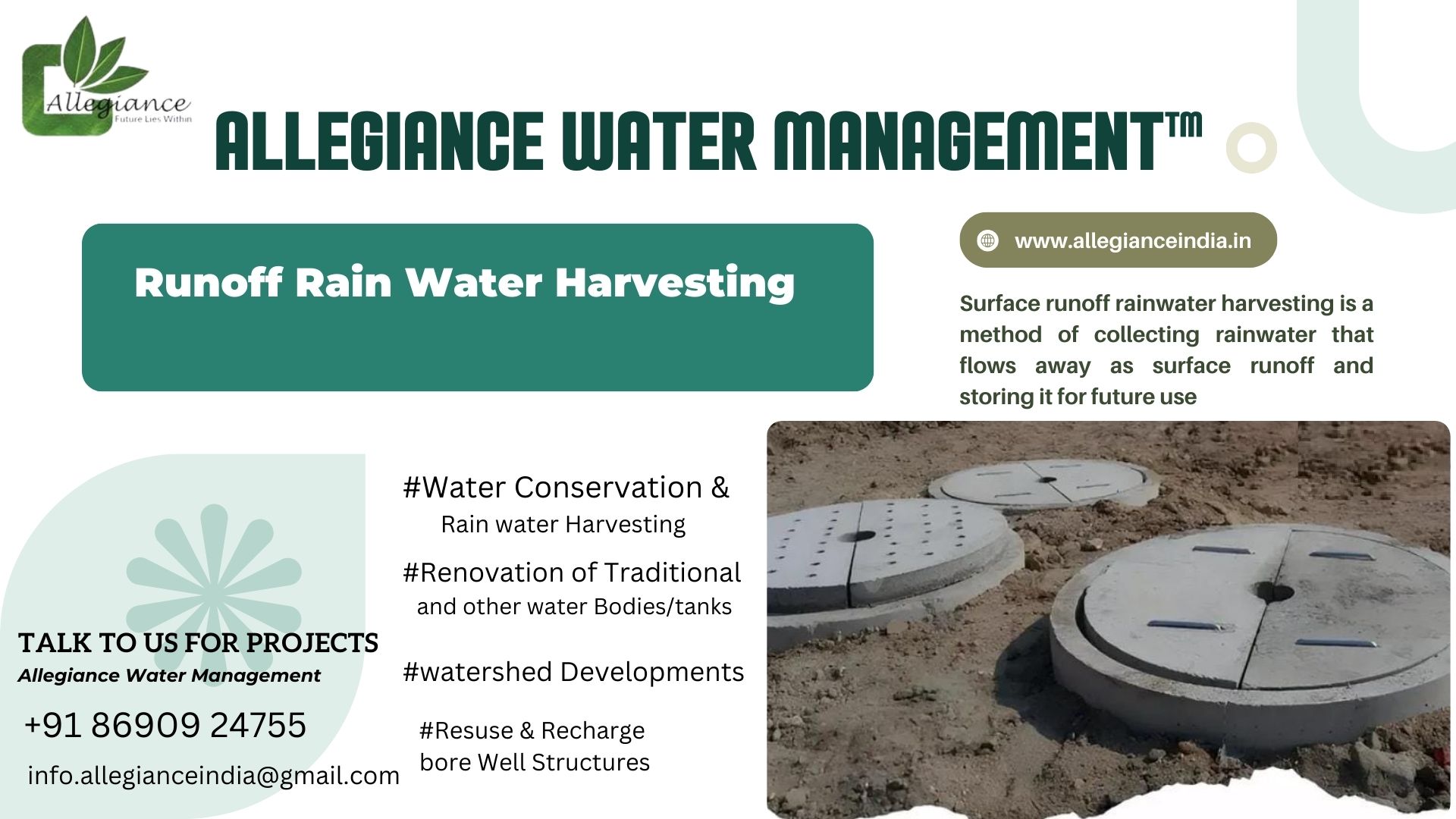Percolation Pit is also like Rainwater Harvesting System A percolation pit, in its most low-tech form, is a simple hole dug into the ground. It facilitates groundwater recharge through infiltration of surface runoff into the soil or rock. Differences to contour trenches: Better water storage capability due to greater depth. Percolation tank is an artificially created surface water body, submerging in its reservoir a highly permeable land so that surface runoff is made to percolate and recharge the ground water storage. The percolation tanks are mostly earthen dams with masonry structure only for spillway. Percolation tank is an artificially created surface water body, submerging in its reservoir a highly permeable land so that surface runoff is made to percolate and recharge the ground water storage. Percolation tank should be constructed preferable on second to third order streams, located on highly fractured and weathered rocks which have lateral continuity down stream. The recharged area down stream should have sufficient number of wells and cultivable land to benefit from the augmented ground water. The size of percolation tank should be governed by percolation capacity of strata in the tank bed. Normally percolation tanks are designed for storage capacity of 0.1 to 0.5 MCM. It is necessary to design the tank to provide a ponded water column generally between 3 & 4.5 m. The percolation tanks are mostly earthen dams with masonry structure only for spillway. The purpose of the percolation tank is to recharge the ground water storage and hence seepage below the seat of the bed is permissible. for dams upto 4.5 m. height, cut off trenches are not necessary and keying and benching between the dam seat and the natural ground is sufficient.
Send Message








